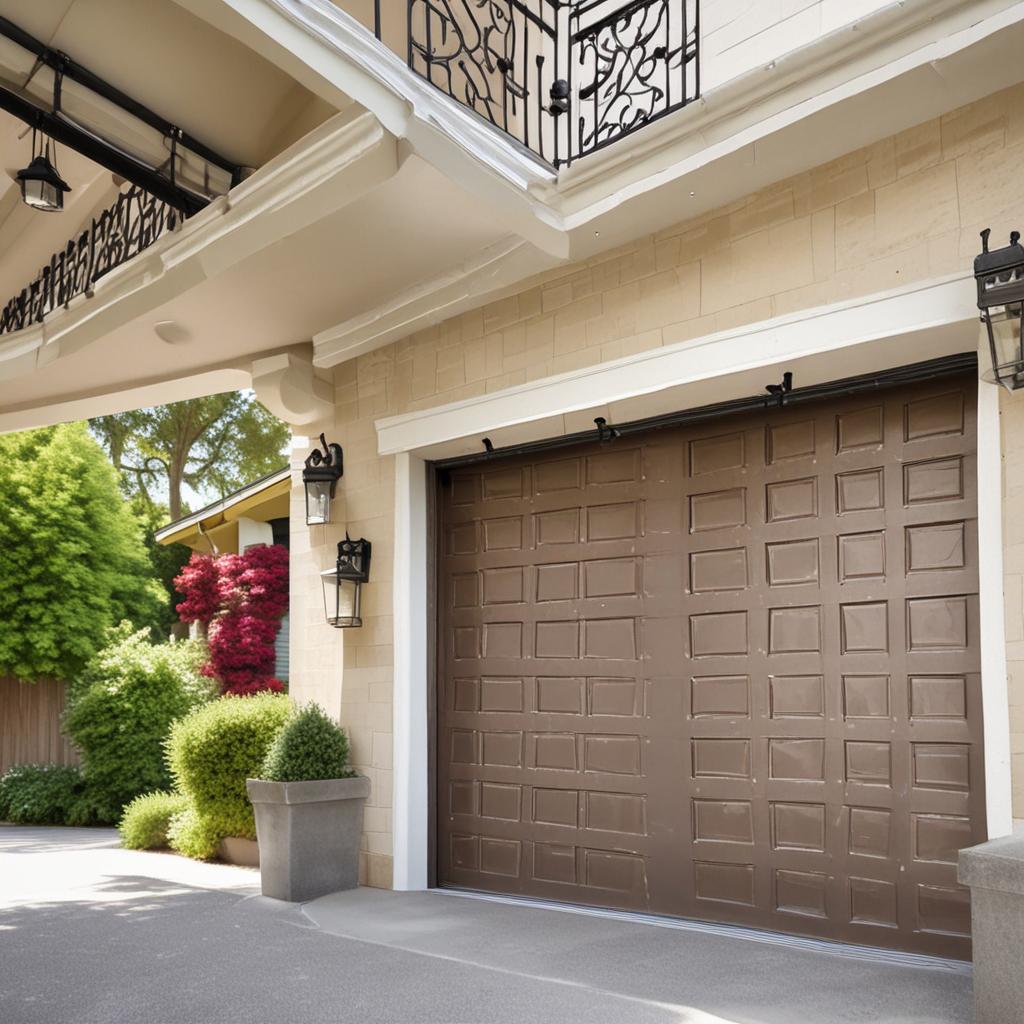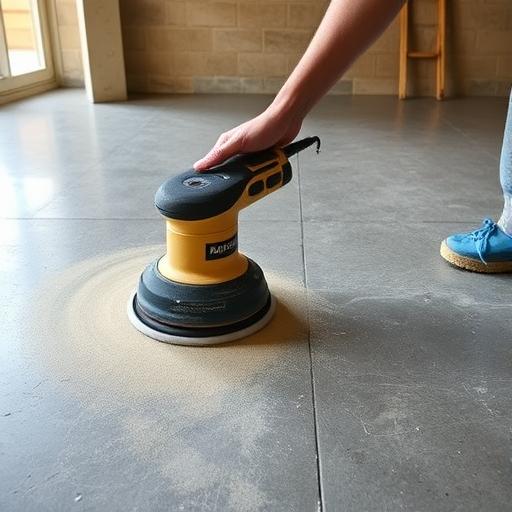How to Replace Garage Door Opener
A reliable garage door opener is essential for the seamless operation of your garage, offering both convenience and an added layer of home security. Over time, however, these devices may wear out or become outdated, leading to inefficiencies and potential safety risks. Whether your opener is emitting strange noises, failing to respond to remotes, or simply in need of an upgrade, replacing it can refresh your home’s functionality. In this guide, we’ll walk you through the process of selecting, installing, and maintaining a new garage door opener, helping you make an informed decision that fits your needs and budget.
Assessing the Need for Replacement
Before purchasing a new opener, it’s crucial to determine whether replacement is necessary. Frequent malfunctions or age-related wear are common indicators. Most garage door openers last between 10 to 15 years, but performance issues may arise sooner.
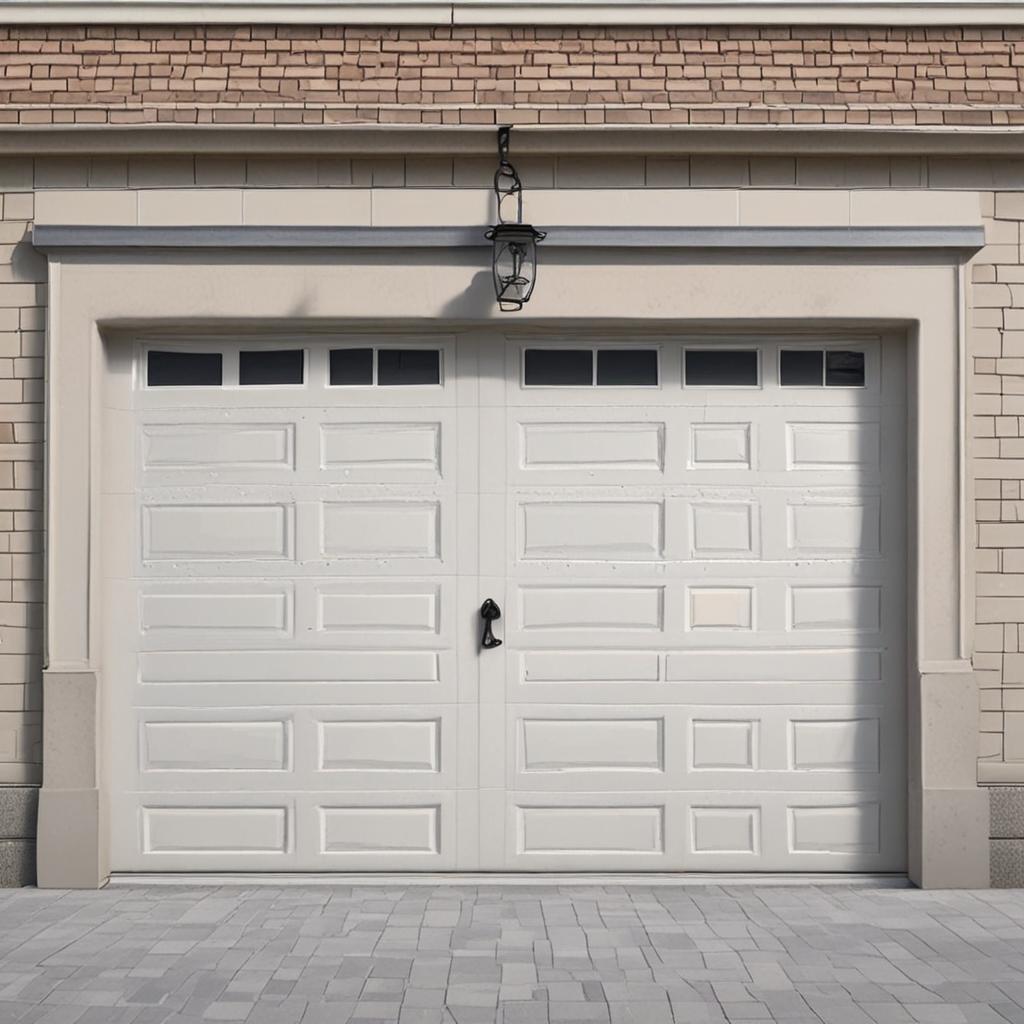
Signs Your Garage Door Opener Needs Replacement
- Unusual noises such as grinding or squeaking during operation
Deciding Between Repair and Replacement
Minor issues like a broken belt or faulty sensor can often be repaired, but recurring problems or expensive fixes may justify replacement. Consider the cost: repairing an old opener can exceed $300, while a new model typically ranges from $150 to $300. If your unit is over a decade old, replacement is usually the smarter investment.
Choosing the Right Garage Door Opener
Selecting the right opener depends on your garage setup, lifestyle, and budget. Modern options offer a range of features, from enhanced security to smart home integration.
Types of Garage Door Openers
- Chain-drive: Affordable and durable but can be noisy due to metal chains.
Key Features to Consider
Features table for Key Features to Consider
Look for at least ½ horsepower for standard doors, or ¾ horsepower for heavier models. Quiet operation is ideal if your garage is near living spaces. Safety features like auto-reverse mechanisms and lighted models with sensors are also important. If you own a smart home, ensure compatibility with systems like Alexa or Google Home.
Budgeting for a New Opener
Basic openers start around $150, while premium smart models can exceed $300. Factor in installation costs, which may range from $100 to $200, and accessories like additional remotes or battery backups. Always purchase from a reputable brand to ensure warranty coverage and quality performance.
Preparing for the Replacement
Adequate preparation ensures a smoother installation process and minimizes risks. Start by gathering tools and prioritizing safety measures.
Gathering Necessary Tools and Materials
- Screwdrivers (flathead and Phillips)
Safety Precautions
Always disconnect the opener from power before starting. Secure the door using the manual release cord to prevent sudden movement. Wear safety goggles and gloves to protect against sharp edges or debris. Inform family members not to use the garage door during the process.
Step-by-Step Guide to Replacing a Garage Door Opener
Removing the Old Opener
Begin by unplugging the unit and releasing the garage door. Remove the trolley from the track and detach the opener from the door using the mounting bracket. Carefully lower the opener and disconnect the wiring. Remove the old track system and clean the ceiling area for the new installation.
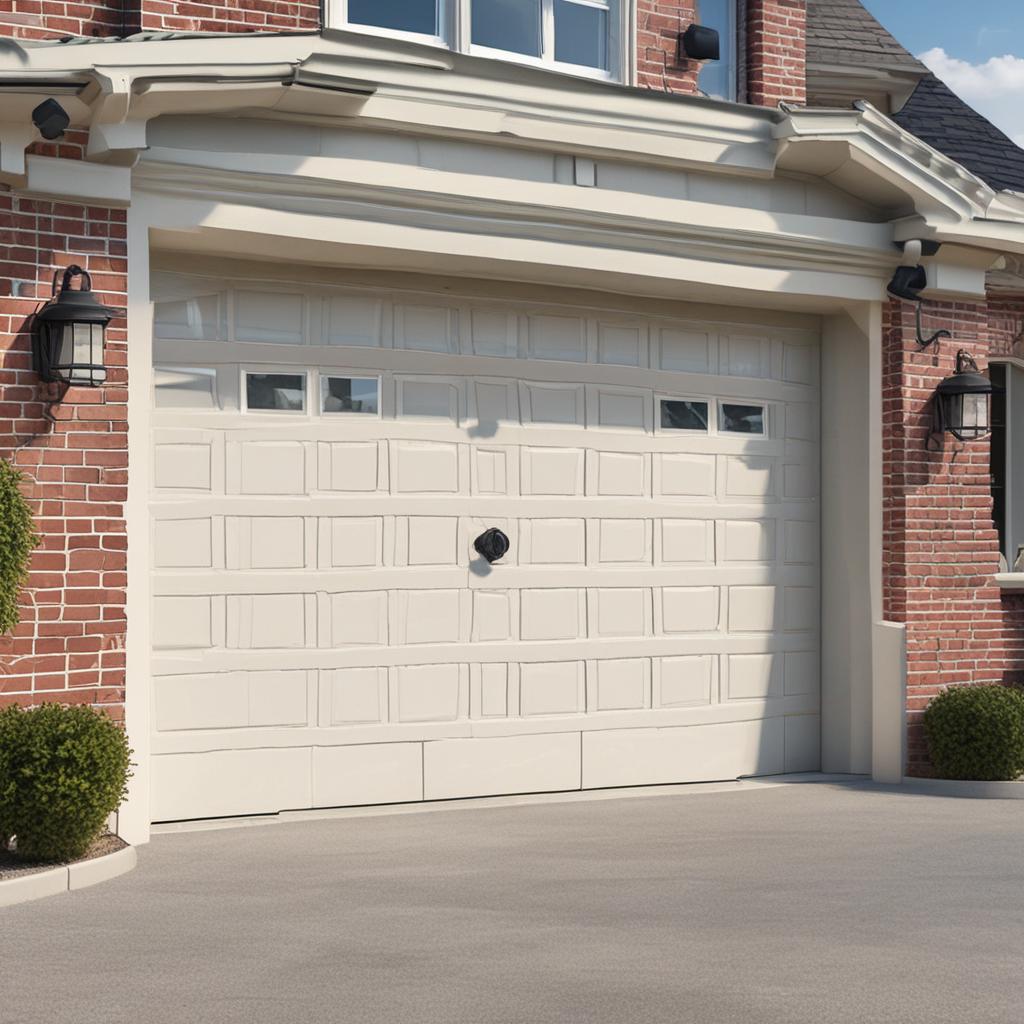
Installing the New Opener
Mount the new head unit and rail system according to the manufacturer’s instructions. Attach the opener to the garage door’s arm bracket, ensuring proper alignment. Reconnect the wiring to the power source and link the remote controls and keypad. Test the opener manually before plugging it in.
Testing and Adjusting
After installation, operate the door to check for smooth movement. Adjust the force settings to avoid over-tightening or underperforming. Test the auto-reverse feature by placing an object in the door’s path. Ensure sensors are aligned and infrared signals are working correctly.
Maintaining Your New Garage Door Opener
Regular maintenance extends the lifespan of your opener and prevents unexpected breakdowns. Simple steps can keep your system running efficiently for years.
Routine Maintenance Tips
- Lubricate hinges, rollers, and springs every 3-6 months
Troubleshooting Common Issues
If the door stops mid-cycle, check for misaligned sensors or an obstruction. Weak remote signals may require new batteries or reprogramming. A noisy opener could mean a loose rail or worn belt. Refer to the user manual for specific error codes and solutions.
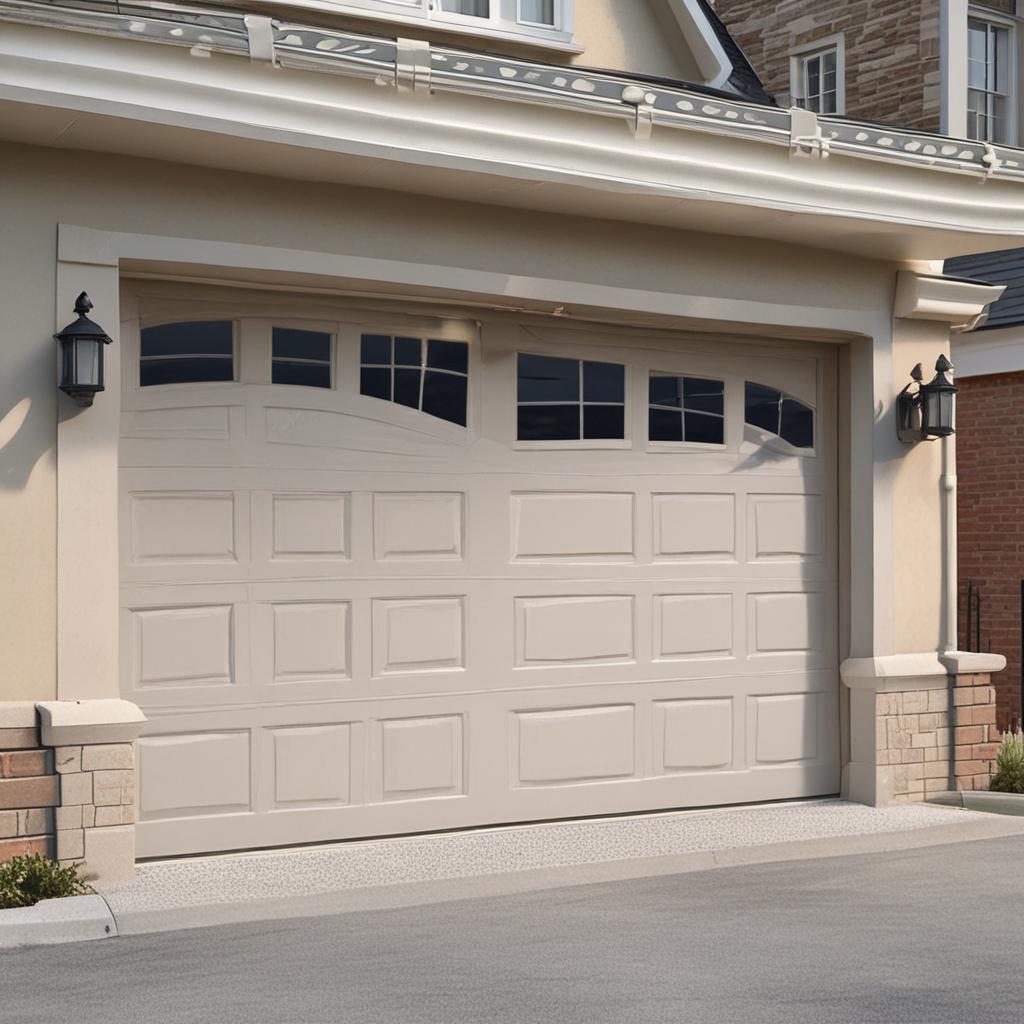
Conclusion
Replacing your garage door opener is a valuable project that enhances your home’s security, convenience, and efficiency. By assessing your needs, selecting the right model, and following proper installation and maintenance procedures, you can ensure reliable performance for years to come. While DIY installation is achievable for many, consider hiring a professional if you lack experience or are handling a smart system. A new opener not only protects your home but also boosts your peace of mind.
FAQ Section
How long does it take to replace a garage door opener?
Replacing a garage door opener typically takes 2-4 hours, depending on your skill level and the complexity of the model. First-time installations may take longer, while experienced users can complete the process more efficiently.
Can I replace a garage door opener myself?
Yes, most homeowners can install a standard opener with basic DIY skills and the right tools. However, smart openers or older systems with complex wiring may benefit from professional installation to ensure compatibility and safety.
What is the average cost of a new garage door opener?
A new garage door opener costs between $150 and $300. Additional expenses include installation fees ($100–$200), battery backups ($50–$100), and smart home accessories. Always account for these to avoid surprises.
Are smart garage door openers worth it?
Smart openers are an excellent investment if you value convenience and security. Features like real-time alerts, remote access, and integration with smart home devices provide functionality that traditional models lack.
How do I know if my garage door opener is compatible with my door?
Check your door’s weight, height, and material. Ensure the opener’s horsepower and type (chain, belt, or screw drive) match the door’s specifications. Most manufacturers provide compatibility charts to guide your selection.

